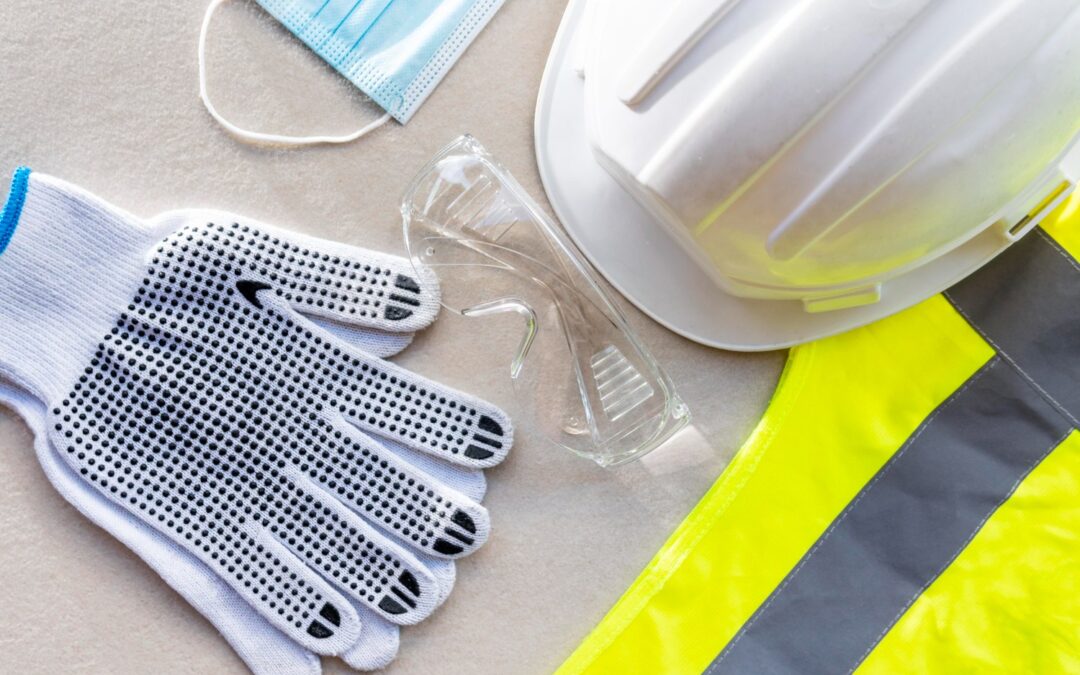Safety is a top priority in every workplace. Whether you work in construction, healthcare, manufacturing, or even in a lab, protecting yourself from hazards is essential. This is where personal protective equipment (PPE) comes in. PPE refers to the gear designed to keep workers safe from injuries and illnesses caused by accidents or exposure to harmful substances. Knowing the right PPE to use can make a big difference in preventing injuries.
In this post, we’ll cover the most important types of personal protective equipment that every worker should be familiar with. Understanding these basics helps you stay safe on the job and protects your health.
1. Head Protection – Hard Hats
One of the most common types of PPE is the hard hat. Hard hats protect your head from falling objects, bumps, and electrical hazards. They are a must-have in construction sites, factories, and any environment where there is a risk of head injury.
Hard hats come in different types and classes depending on the protection needed. For example, some are designed to protect against electrical shocks, while others focus on impact resistance. Always choose a hard hat approved for your specific work environment.
2. Eye and Face Protection
Your eyes and face are vulnerable to flying debris, chemicals, and intense light. Safety glasses, goggles, and face shields are crucial for protecting these sensitive areas.
Safety glasses protect against dust and small particles, while goggles offer a tighter seal and protect from chemical splashes. Face shields cover the entire face and are used when there is a risk of larger flying objects or harmful splashes.
3. Hearing Protection
In noisy workplaces like factories or construction zones, prolonged exposure to loud sounds can damage your hearing. Earplugs and earmuffs are common types of hearing protection.
Earplugs fit inside your ear canal and are usually disposable. Earmuffs cover the whole ear and are reusable. Both reduce noise levels to protect your ears from damage.
4. Respiratory Protection
Sometimes, the air you breathe at work can be harmful due to dust, fumes, or chemicals. Respirators help protect your lungs by filtering out dangerous particles.
There are different kinds of respirators, from simple dust masks to more advanced models that filter gases and vapors. It’s important to choose the right one for the hazards in your workplace and make sure it fits properly.
5. Hand Protection – Gloves
Gloves protect your hands from cuts, burns, chemicals, and infections. There are many types of gloves made from different materials depending on the hazard.
For example, leather gloves are great for handling rough objects, while nitrile gloves are used for chemical protection. Always select gloves suited for your specific tasks to ensure safety and comfort.
6. Foot Protection – Safety Shoes and Boots
Your feet are often exposed to heavy objects, sharp materials, or slippery surfaces. Safety shoes or boots with reinforced toes (like steel toes) protect your feet from injuries.
Slip-resistant soles help prevent falls, and waterproof boots keep your feet dry in wet conditions. Make sure your footwear matches your work environment to avoid accidents.
7. Body Protection – Protective Clothing
Depending on your job, you may need special clothing like high-visibility vests, flame-resistant coveralls, or chemical-resistant suits. These help protect your skin and make you visible or safe from heat and chemicals.
Always follow your workplace guidelines about the type of protective clothing needed for your tasks.
Conclusion
Personal protective equipment is the first line of defense in keeping workers safe. Knowing the right equipment for your job and using it properly can prevent many injuries and health issues. Always inspect your PPE before use and replace any damaged gear immediately.
Stay informed and stay safe. Your well-being depends on it.

